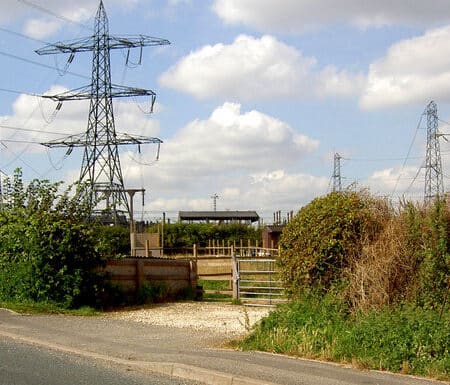
Pakistan Institute of Development Economics
- Home
Our Portals
MenuMenuMenuMenuMenuMenuMenu - ResearchMenuMenuMenuMenuMenuMenuMenu
- Discourse
- The PDR
- Our Researchers
- Academics
- Degree Verification
- Thesis Portal
- Our Portals

Pakistan’s Power Sector Woes: Part III
Editor’s Note: This is Part 3 of a 3 part article on Pakistan’s Power Sector: A Beginning with No End.
Introduction
In Part I of Pakistan’s power sector woes, we considered how our power sector performed at a regional level. We discussed how it fared in terms of pricing, market development, generation and transmission compared to other economies. In Part II, we discussed the cost of service tariffs in Pakistan.
Infamous Circular Debt Crisis
Add to these challenges Pakistan’s infamous circular debt crisis. It is no surprise that the power sector has been a significant constraint on growth with two capital burdens; circular debt at Rs. 2.4 trillion and capacity payment of more than Rs. 1.0 trillion in 2020 – have crippled the power sector in the country. While on one hand, transmission and distribution (T&D) losses of up to 30% create inefficiencies and bottlenecks in the system. On the other hand, arrears of the magnitude of PKR 2.4 trillion imply a perennially burdened national exchequer. This is a vicious cycle of circular debt. Distribution utilities struggle to collect revenues and meet regulatory targets for transmission and distribution losses. They default on payments to generators, and the government periodically bails out the sector once losses accumulate to intolerable levels. This has severe implications for the Pakistani economy.
Such a high amount cannot be recovered from tariff adjustment alone. Trying to recover it from current or future consumers is completely irrational. The government instead needs to come up with out-of-box solutions to pay-off the circular debt rather than recovering it. Doing so through tariffs will only amplify the problem. Needless to say, if left unaddressed, high inefficiencies of distribution companies like QESCO and PESCO will continue to contribute to the ever-growing circular debt. This is estimated to reach Rs.4.0 trillion by 2025.
Revenue-based Load Shedding
When it comes to billing and revenue collection, DISCOs resort to ineffective solutions such as revenue-based load shedding i.e. they take the easy way out of suspending power supply to areas with high loss and collection – a situation not understandable in a country with excess power capacity. This hits compliant customers and industries the hardest with heightened tariffs. More importantly, not only is revenue-based load shedding constitutionally improper, it also ignores international conventions such as the Sustainable Development Goal (SDG) of universal access to power and our honorable supreme courts adjudication on the subject of collective punishment which results in revenue-based load shedding.
Alternative Sources
In light of the plethora of problems plaguing Pakistan’s power sector, it is natural to ask what the future holds for its citizens. Given the country’s chronic energy shortages – and the public’s increasing skepticism of state-owned utility companies to deliver consistent and affordable electricity – it makes sense that more and more Pakistanis are adopting the use of solar technology to meet their energy needs.
Pakistan’s imports of solar panels were approximately Rs. 56 billion in fiscal year 2019. Imports of solar panels have risen from as little as $1 million in 2004 to a peak of $772 million in the fiscal year ending June 30, 2017. They have since dropped down to $409 million in FY 2019, but imports of solar panels still show a strong upward trajectory. They are growing at an average rate of 16% per year in US dollar terms (23% per year in Pakistani rupee terms) in the five years between 2014 and 2019.
The rise in renewable-energy based installed capacity is evident in Table 1. The numbers should be alarming for the government since more and more compliant, high-end users – the very source of revenue generation – are moving away from the grid electricity by installing their own solar generation. We expect the impact of government’s (irrational) strategies to meet the power sector revenue requirements will misfire. And the power sector will implode.

A small portion of these imports are for grid-scale projects but the proportion for domestic, commercial, and industrial users who are not necessarily connected to the grid is also quite significant. Whether this trend will continue and adopt a path of its own, only time will tell.
Final Thoughts
One thing is for certain: if Pakistan does not address the inefficiencies in its power sector urgently, and assures sustained and affordable electricity, then its consumers, investors and businesses / industries will have no option but to look for alternatives elsewhere.
Download full PDF


